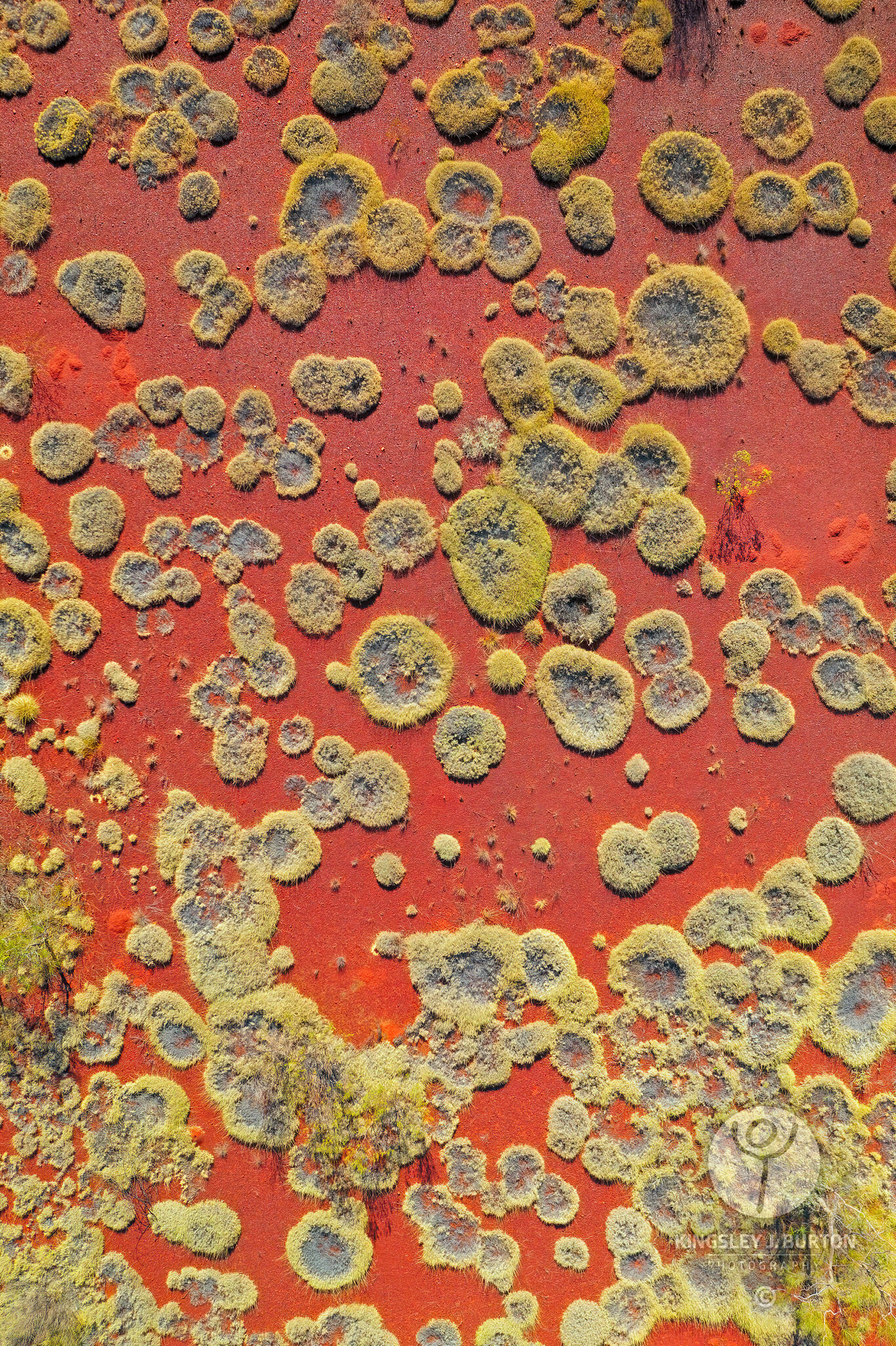Dinner at Kudeta tonight...



Well, its was going to be a light meal at one of the best places on the island... but alas the menu beat us! Absolutely yummy food and drinks. The venue... well iconic, weather and staff ... both great... and thanks to Marcus the manager for making it a great night.
Berlin update #18



The Reichstag building in Berlin was constructed to house the Reichstag, the first parliament of the German Empire. It was opened in 1894 and housed the Reichstag until 1933, when it was severely damaged in a fire supposedly set by Dutch communist Marinus van der Lubbe, who was later beheaded for the crime. That verdict has been a subject of controversy over the years.[1] The National Socialist German Workers Party used this event as casus belli to begin a purge of traitors in Berlin and to ban the Communist Party of Germany.
The building remained in ruins until the reunification of Germany, when it underwent reconstruction led by internationally renowned architectNorman Foster. After its completion in 1999, it became the meeting place of the modern German parliament, the Bundestag.
The Reichstag as a parliament dates back to the Holy Roman Empire and ceased to act as a true parliament in the years of the Nazi regime (1933–1945). In today's usage, the German term Reichstag or Reichstagsgebäude (Reichstag building) refers to the building, while the term Bundestag refers to the institution.
An interuption to the Berlin updates.... from Bali


Well we have decided at the very last minute to take a quick break away.... we are currently in Bali, where its warm and balmy... and lushious.
Berlin update #16


 Part of the museum island complex in Berlin is the famous Lustgarten... known as the Pleasure Garden. Over the course of time it has been many things including a kitchen garden, a parade ground, and of course a park. It amazingly survived major destruction during WWWII and only had a renonvation in 1991. The park is now seen as the center of the reunited Berlin.
Part of the museum island complex in Berlin is the famous Lustgarten... known as the Pleasure Garden. Over the course of time it has been many things including a kitchen garden, a parade ground, and of course a park. It amazingly survived major destruction during WWWII and only had a renonvation in 1991. The park is now seen as the center of the reunited Berlin.
Berlin update #14




The Ishtar Gate (Assyrian: ܕܵܪܘܲܐܙܲܐ ܕܥܵܐܫܬܲܪ translit: Darwaza D'Ishtar, Arabic:بوابة عشتار) was the eighth gate to the inner city of Babylon. It was constructed in about 575 BC by order of King Nebuchadnezzar II on the north side of the city.
Dedicated to the Babylonian goddess Ishtar, the Gate was constructed of blue glazed tiles with alternating rows of bas-relief sirrush (dragons) andaurochs.
The roof and doors of the gate were of cedar, according to the dedication plaque. Through the gate ran the Processional Way which was lined with walls covered in lions on glazed bricks (about 120 of them).
Statues of the deities were paraded through the gate and down the Processional Way each year during the New Year's celebration.
Originally the gate, being part of the Walls of Babylon, was considered one of the Seven Wonders of the world until, in the 6th century AD, it was replaced with the Lighthouse of Alexandria.
A reconstruction of the Ishtar Gate and Processional Way was built at the Pergamon Museum in Berlin out of material excavated by Robert Koldeweyand finished in the 1930s. It includes the inscription plaque. It stands 47 feet high and 100 feet wide (14 meters by 30 meters). The excavation ran from 1902-1914 and during that time 45 feet of the foundation of the gate was uncovered.
The gate was in fact a double-gate. The part that is shown in the Pergamon Museum today is only the smaller frontal part, while the larger back part was considered too large to fit into the constraints of the structure of the museum. It is in storage.



























